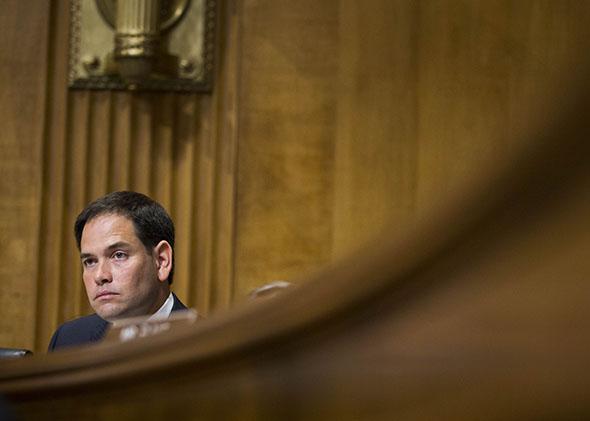In 1954, Milton Friedman laid out a radical new plan for funding education in a footnote to a lengthy academic volume. He described a system where individuals would sell “stock” in themselves—i.e., a share of their future earnings—to investors who would finance their education and training. “The purchase of such ‘stock’ would be profitable so long as the expected return on investment in training exceeded the market rate of interest,” he and his co-author, Simon Kuznets, wrote.
Sixty years later, the lending system Friedman envisioned is beginning to take shape. Income share agreements—contracts that allow investors to give individuals money upfront in exchange for a percentage of their future earnings—are quietly gaining a following among critics of the nation’s staggering student-debt problem. New companies such as Upstart, Pave, and Lumni have turned to the investing-in-people model to help talented individuals secure funds for anything from education to business ventures.
On Wednesday, income share agreements, or ISAs, came into the national spotlight when Sen. Marco Rubio and Rep. Tom Petri introduced legislation that could broaden the use of such investment vehicles by formally defining their terms.
The Investing in Student Success Act would provide a necessary legal framework for ISAs so that investors and fund seekers alike would know exactly what they were signing up for. The bill specifies details such as the maximum length a contract can last (30 years) and the cap on income a fund seeker can owe (15 percent). The bill also formally states that an income share agreement is not a loan—a question companies like Upstart and Pave have grappled with in defining their contracts.
“This concept is quite innovative in its approach to financing college,” Petri, a senior member of the House Education and the Workforce Committee, said in a release. “These plans would help all students get the financing they need—including students from disadvantaged backgrounds—but without the anxiety that comes with traditional loans.”
The basic theory behind ISAs is that they make life more manageable for the borrower because the debt is repaid in proportion to earnings. If an ISA recipient agrees to pay back 6 percent of his earnings over a five-year period, his monthly payments will vary according to his salary at any given time. On Upstart and Pave, these income percentages are determined through elaborate algorithms that use data points like education, standardized test scores, credit history, and job offers to predict each person’s future earning potential. The goal, in a sense, is to take a generation of highly unpredictable young people and turn them into a smart bet for investors.
While proponents of ISAs hope they will give students with disadvantaged backgrounds better access to financing for education, it’s unclear whether that vision will pan out. Upstart and Pave depend on credential-loving algorithms; more often than not, the people who secure investments on their platforms already sport well-decorated résumés and top-tier educations.
“I think that while we think Upstart is solving a big problem for a lot of people and it’s adding tremendous value, we don’t pretend that it will solve the problem of funding or equality of opportunity in every sense,” Paul Gu, a co-founder of Upstart, said in February. “There are huge inequalities of opportunity that result from differences in people’s circumstances when they’re younger, and those are things that we’re likely to not be able to affect.”
What is true is that, compared with a traditional loan, ISAs create a better alignment of incentives for the two parties involved. That’s because with an ISA, the return the investor sees is directly tied to how well their investment—the student or borrower—performs. A student who gets a good education and goes on to a well-paying job will pay back proportionately more than one who struggles in the labor market after college. Investors can’t force the borrowers to do anything (that’s another point clarified in the bill), but it’s in their best interest to help people on their way to success.
The proposals outlined in the bill were based heavily on recommendations a team of researchers made in a paper published by the American Enterprise Institute in February, “Investing in Value, Sharing Risk.” The paper makes a case for how ISAs are better suited to financing education than the traditional student loan.
Miguel Palacios, a finance professor at the Vanderbilt University Owen Graduate School of Management and co-founder of Lumni, says the bill will help to resolve any uncertainty that students and potential investors have about ISAs. He argues that education can be a worthwhile financial investment that yields better returns than stocks, bonds, or something will comparable risk—even for low-income students.
“The question is do you think low-income students can get education that’s worthwhile?” he says. “I think the answer is yes.”
